The rich and diverse furniture history exhibition “If So Reclined” is open!
The new exhibition If So Reclined: Luxury and Simplicity in Estonian Furniture History from the 1400s to the Early 1900s awaits visitors in the Rehbinder House. This lays the groundwork for the museum of furniture.
Did you know that the Virumaa Museums’ collection contains some of the oldest furniture in Estonia? This is why the furniture museum was created in Rakvere.
The early classicist noble residence in the centre of Rakvere – Count Gustav Dietrich von Rehbinder’s house – was repaired and renovated between 2020 and 2023. Now an exhibition of the history of furniture is open in the building, which dates back to 1793 and is the only one of its kind in Estonia and our neighbouring countries. The exhibition introduces the furniture used in this country over the centuries and, with it, the changes in lifestyle and everyday life.
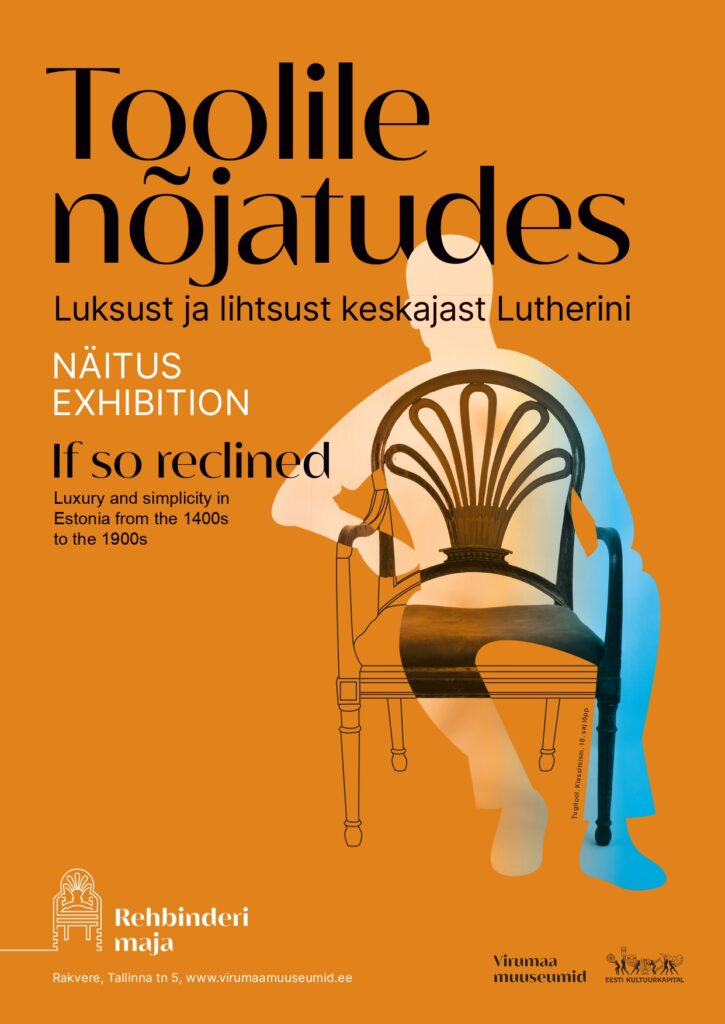
The spaces we inhabit are constantly changing, depending on taste, fashion and lifestyle. However, people have kept various pieces of furniture – especially chairs. In this exhibition, we take a look at a selection of antique furniture from the Middle Ages up until the establishment of the Luther Furniture Factory and the beginning of industrial production.
The furniture museum exhibits the most valuable items from the furniture collection of the Virumaa Museums, but you can see pieces from the collections of at least 15 different museums or collectors. Some items that will be on display have not been seen in Estonia for over half a century.
The exhibition of the history of Estonian furniture is structured chronologically, starting with items dating from the 15th century and proceeding to the early 20th century, to pieces produced by the famous Luther factory.
At the heart of every room is a chair – it allows you to explore the history of furniture styles through the transformation of one object. The chair is the most important tool in terms of function – a piece of furniture smoothly uniting everything else utilised in interior design, from the table to the chest of drawers. Thus we have taken the opportunity to introduce the history of furniture by “leaning” on the chair.
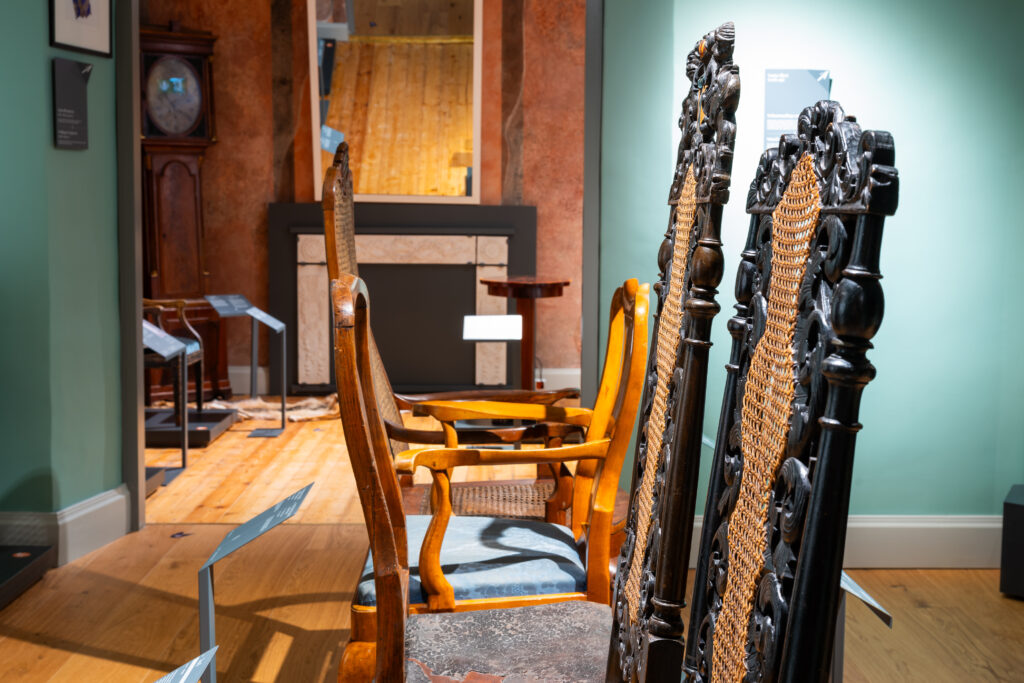
The special items include a luxurious serving cabinet credenza, chosen by the chief curator of the exhibition, Viljar Vissel. The item revealed its true age even before the opening event; it was produced in the mid-15th century. Credenza means “belief”, as the sideboard’s original purpose was to store food that the servant had to taste before it was served, to ensure that it was not poisoned.
You can see furniture from Estonian manors. For example, the von Nolcken family owned various chairs that were used in Alatskivi Manor and lent to the exhibition from the collection of the Ostpreußische Landesmuseum in Lüneburg, Germany. Among the objects on display are chairs on which members of the Brotherhood of Blackheads, counts and princes, as well as townspeople, have sat.
The Lüneburg-based Ostpreußische Landesmuseum lent the Virumaa Museums a whole range of museum pieces, most notably those originating from Alatskivi Manor, to be exhibited both in Palmse and in the museum of furniture in Rakvere. These items have not been seen in Estonia for over half a century.
In each exhibition room, you can get an overview of the most important changes in the history of furniture. The mood is set by the memories of the people of that time about a particular piece of furniture or an interior, conveying the relationship with the objects in the home.
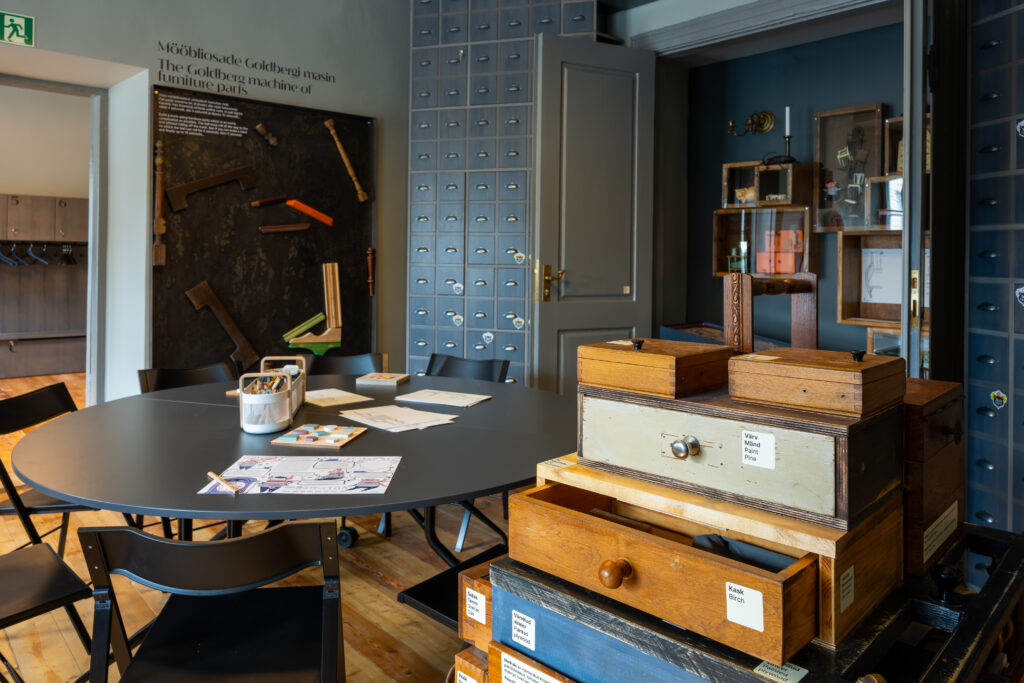
Museum is a learning environment: activity space and family trail.
The exhibition, which shows changes over time, incorporates educational programs, workshops, lectures and publications to cover topics related to the history of furniture in forms suitable for different age groups. We invite families to spend their quality leisure time there, and students and history buffs to gain knowledge about the history of furniture.One of the most important parts of the furniture exhibition is the Neff-Neff workshop. A museum is a place where knowledge, creativity, interest in heritage and simple playfulness come together, teaching us about our roots. Everyone is free to explore and discover, draw and even perform shadow theatre.
The main character of the tour is Neff-Neff, a clever pig who loves furniture and art. His task is to scare away wood-loving beetles like the European house borer and the common furniture beetle.
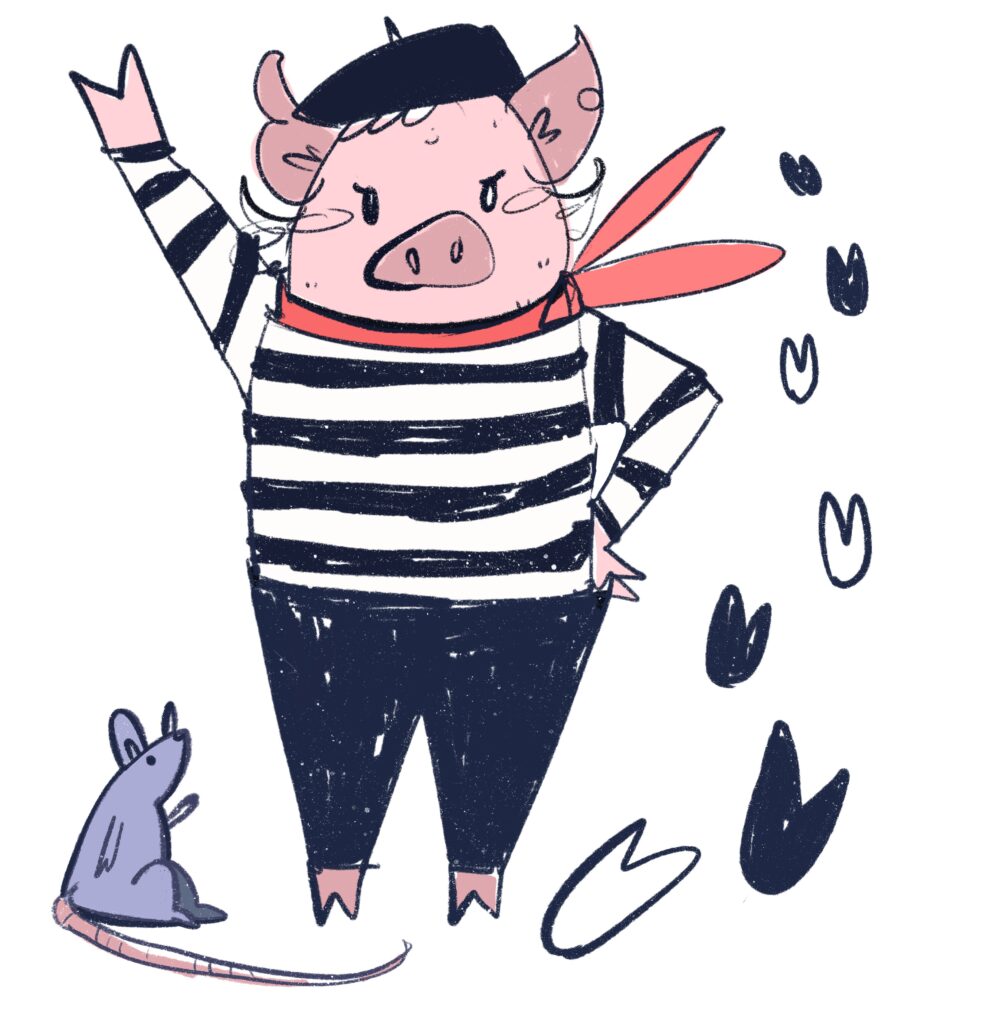
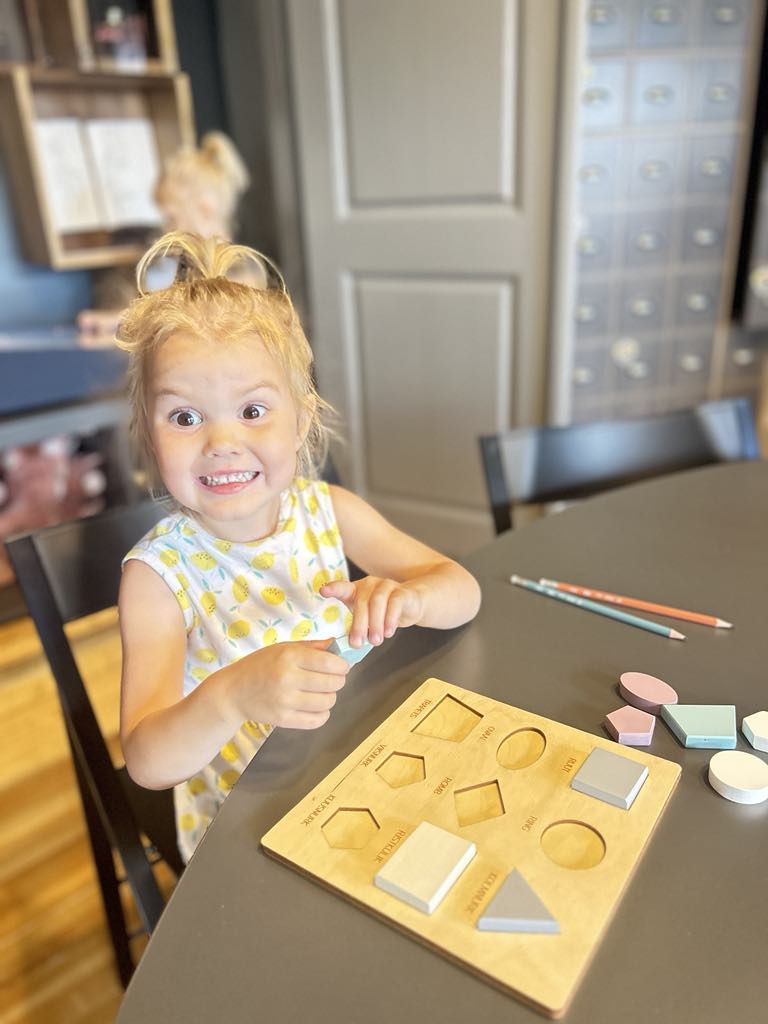
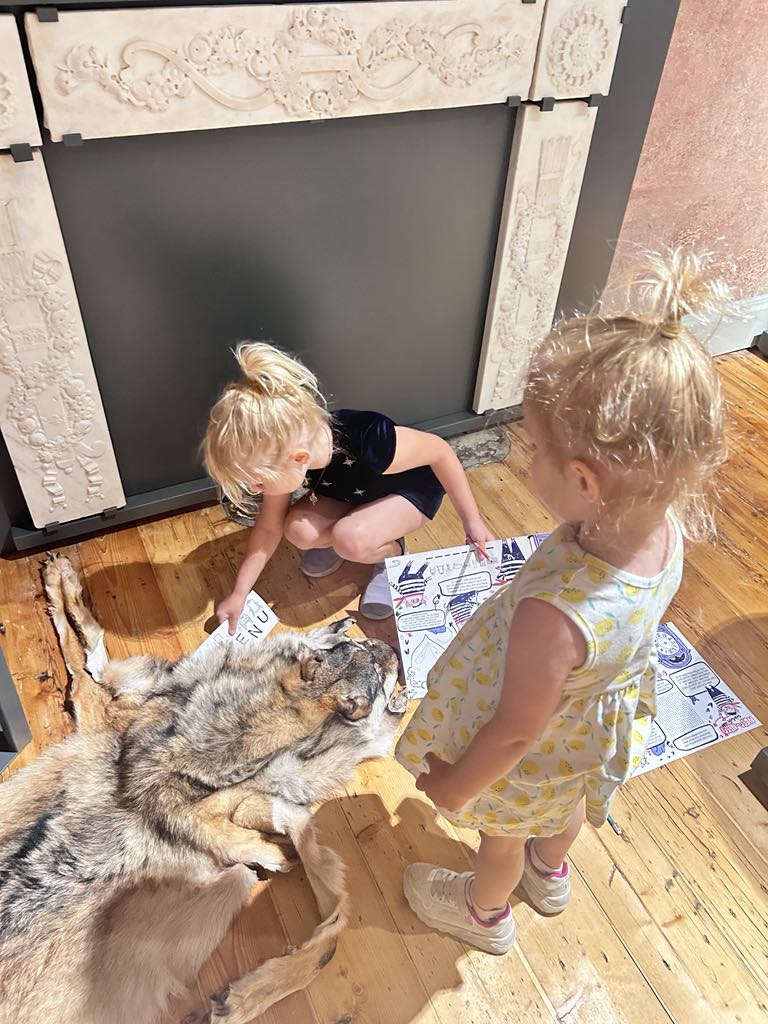
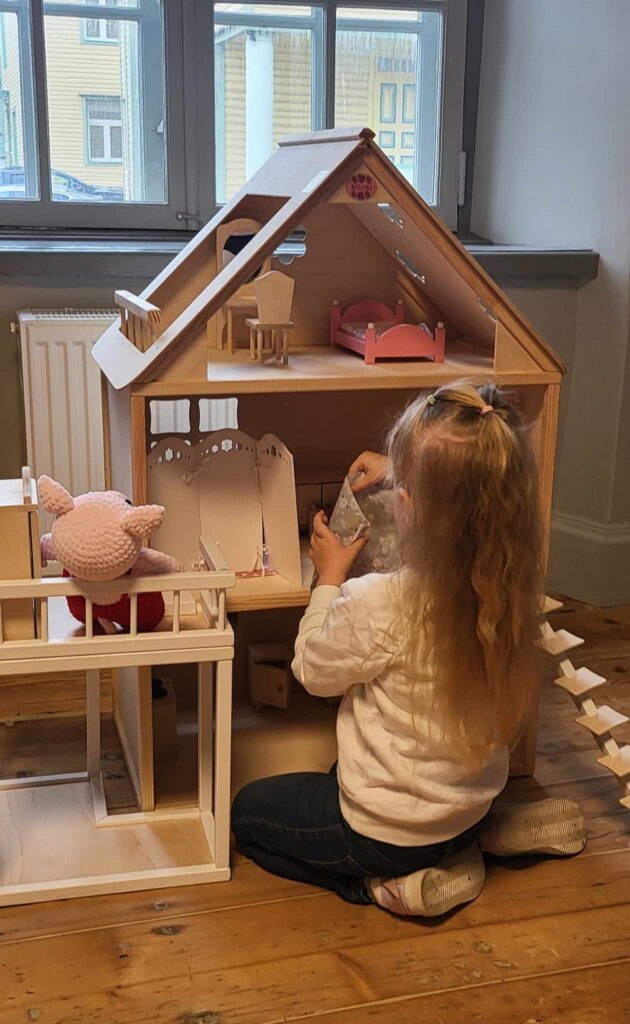
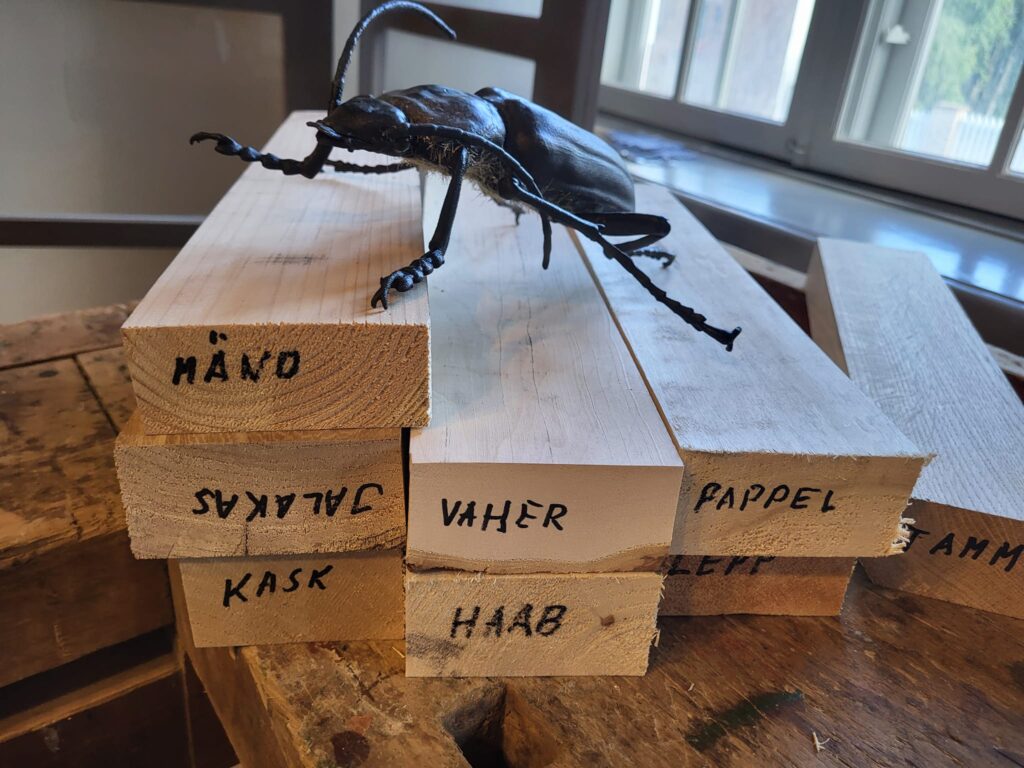
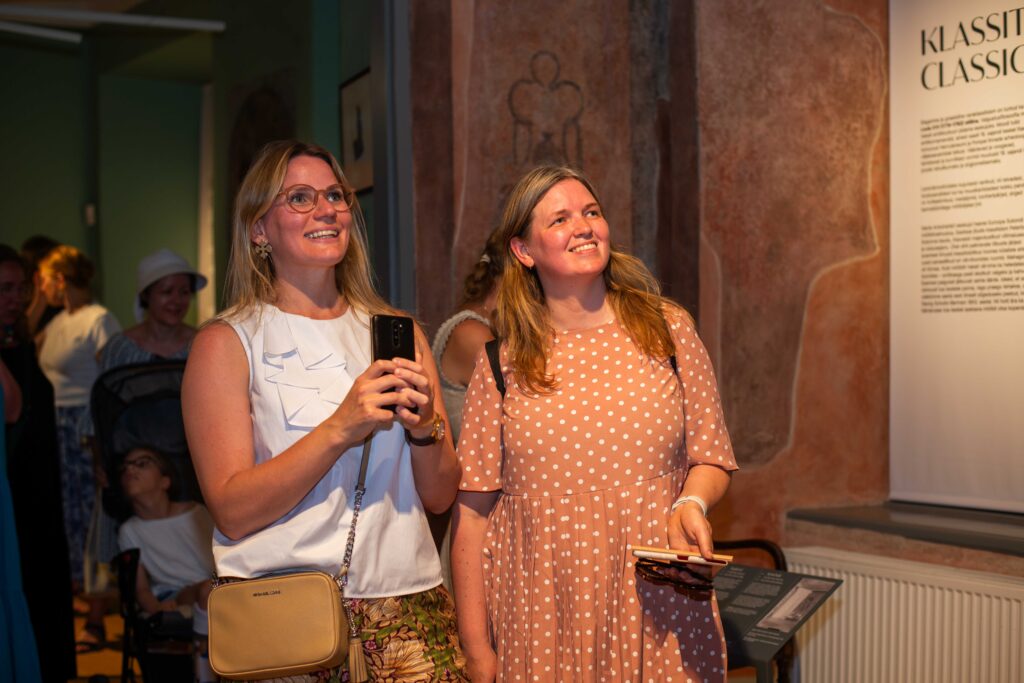
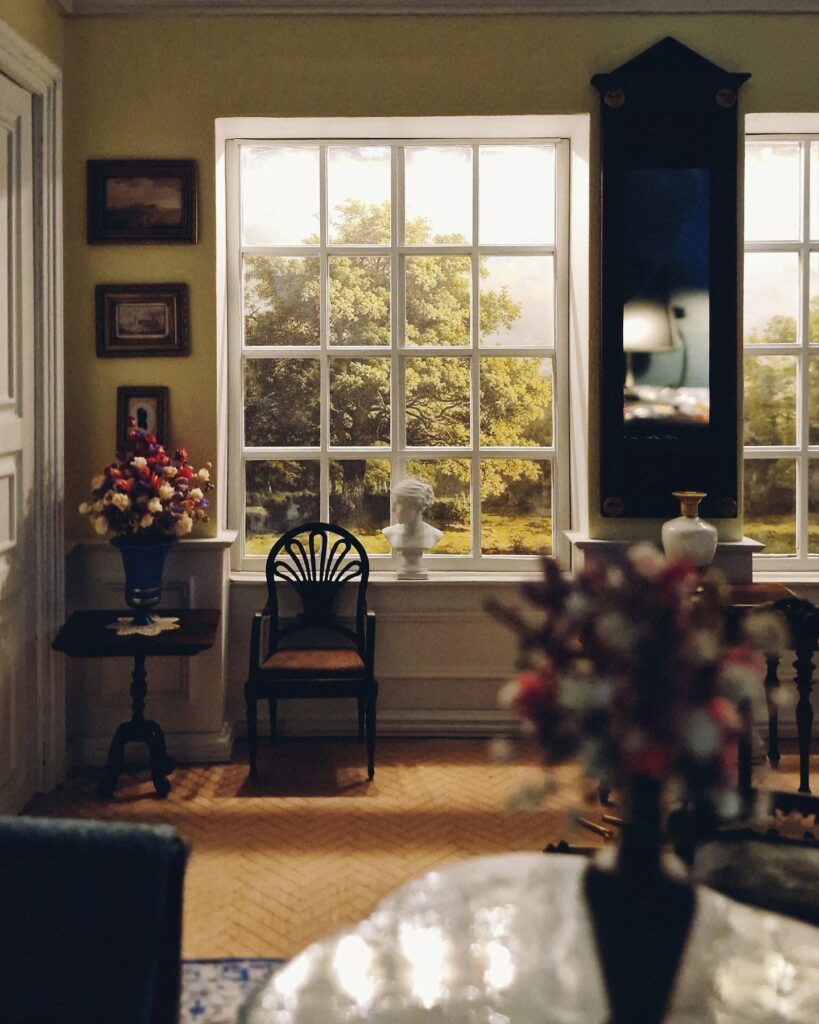
Get off your seat and on your feet!
Exhibition team:
Conceptual author and chief curator: Viljar Vissel
Project managers: Andrus Eesmaa, Inge Laurik-Teder
Curators: Inge Laurik-Teder, Kai Lobjakas, Susanna Murel, Kristi Paatsi
Consultants: Toomas Zupping, Villu Kadakas
Creators of the learning environment and workspace: Kristi Paatsi, Angelika Tšeremis and Sandra Suviste
Estonian language editor: Mari Klein
Translation: Luisa Tõlkebüroo OÜ, Refiner Translations OÜ
Exhibition design: Janno Roos, Andres Labi, Ruumilabor OÜ
Graphic design: Refleks Design Agency OÜ
Illustrator: Madli Lavin
Print: Trage OÜ
Installation of exhibits: Kristiina Laurits, Villu Plink, Viljar Talimaa, Mart Verevmägi
Models: Joanna Juhkam
Hands-on solutions: Argo Männik, Harmarek OÜ; Andres Vihterpal, Bellust Elektroonika OÜ; Anti Saar, Kolm Elu OÜ
Multimedia programs: Mark Baranin, Novater Solutions OÜ
Furniture: Fratelli Grupi OÜ
Lighting: Janno Roos, Ruumilabor OÜ and Kalle Pruuden, HN Steel OÜ; Tõnis Vellama, SEOS Valgustus OÜ
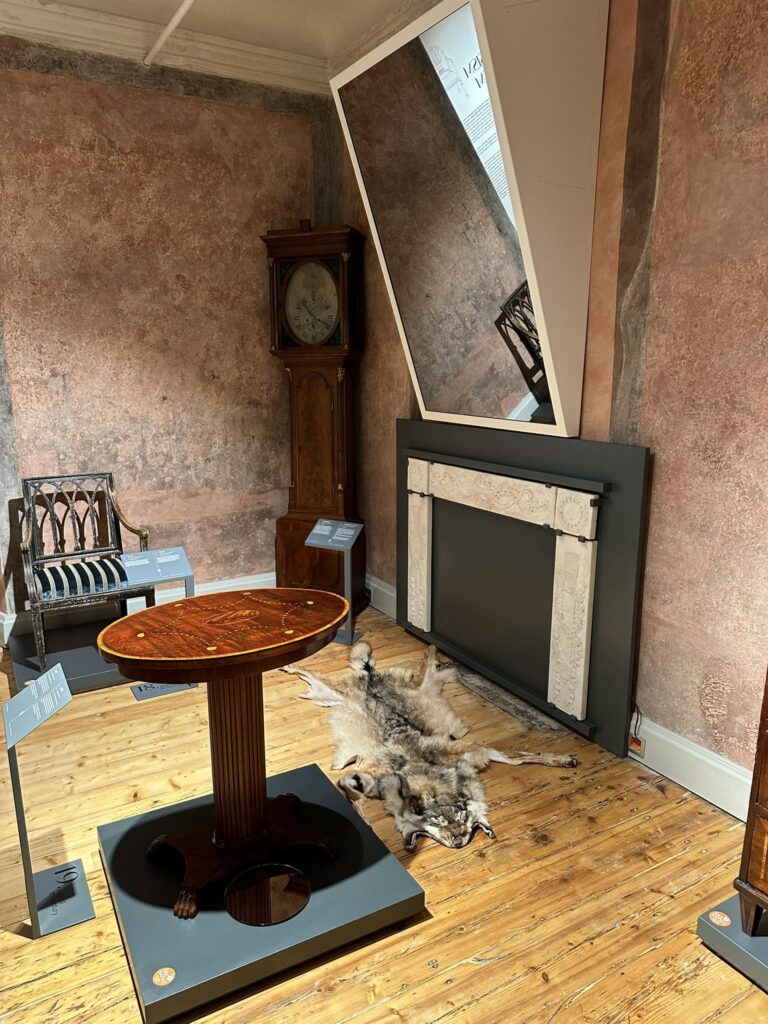
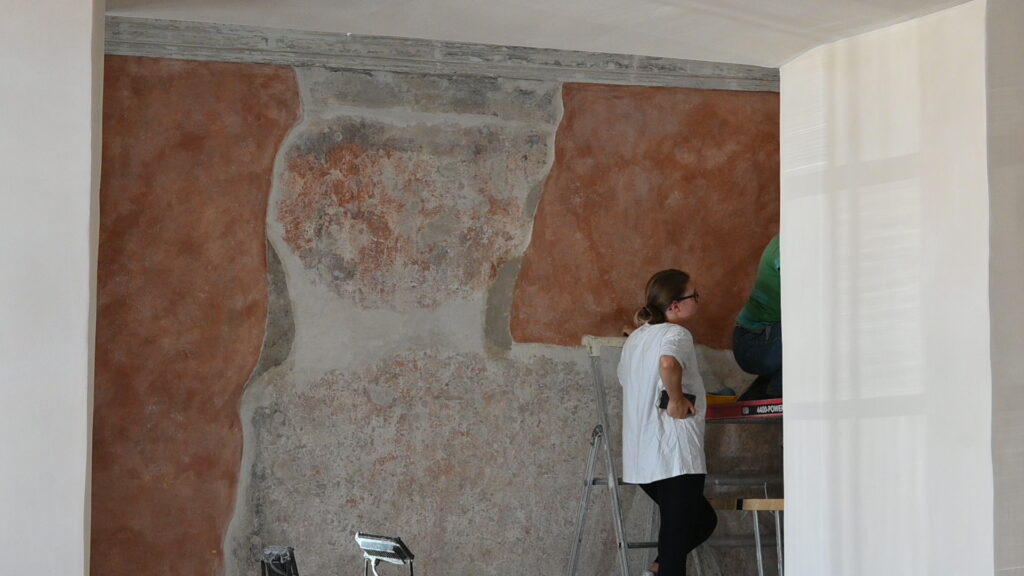
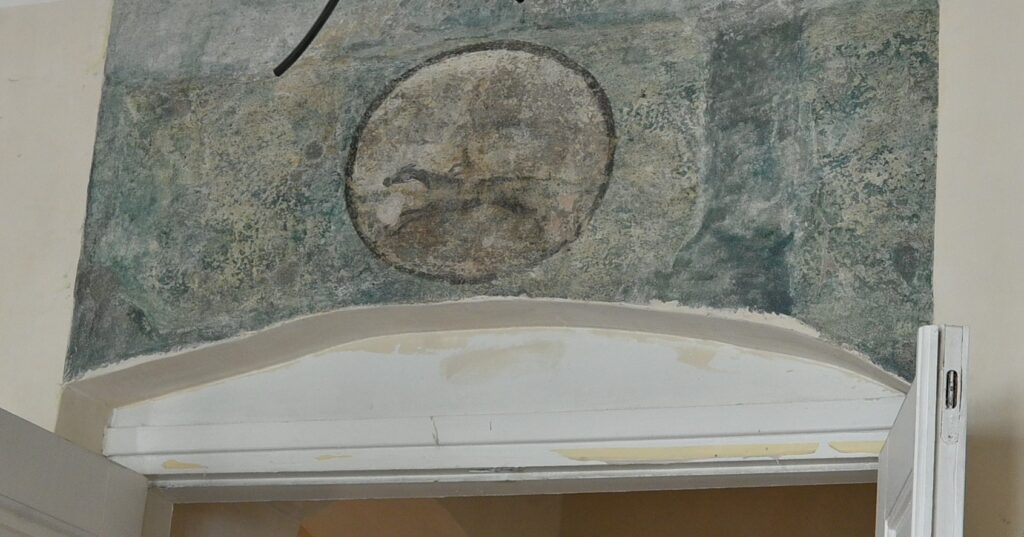
Since the spring of 2020, the Rehbinder House has carried out studies of the historical interior finishing layer, conserved the preserved painting fragments, and completed the reconstructions of the wall paintings in three rooms. The old preserved wooden floors have been renovated and the windows and interior doors repaired. The students of H&M Restudio and the Estonian Academy of Arts, led by Professor Hilkka Hiiop, carried out thorough detective work in the building. Fragments of wall paintings were found, allowing the interior design scheme to be guessed in six rooms. These are the oldest wall paintings found in the city of Rakvere. In addition to paintings, several fragments of wallpaper dating back to 1860–1880 were found. These are now also displayed in the building.
The reconstruction of the wall paintings was completed in cooperation with the students of Pallas Art School, creating a discerning combination between conservation and reconstruction. You can see the room with the most comprehensively readable wall scheme. Like a lady, it is veiled in pink, and the doors and windows of the room are surrounded by a black frame, pulled together by a black border under the cornice. Summer 2022. Photo: Andrus Eesmaa
Thanks to:
Ann Aaresild, Mirjam Abel, Kristel Hall, Kaie Jeeser, Ülle Jäe, Zurab Jänes, Karl Kallastu, Kersti Kuldna-Türkson, Ain Kütt, Marike Laht, Anne Lass, Sten Lindpere, Mari Luukas, Maris Meister, Grete Nilp, Eve Otstavel, Kaidi Part, Piret Pedanik, Johanna Pukk, Riina Reinvelt, Maris Rosenthal, Jakob Rosin, Liisi Selg, Sille Siidirätsep, Rait Talvoja, Tiina Vint, Kristel Zimmermann
Estonian History Museum, Estonian Architecture Museum, Estonian Art Museum, Estonian National Museum, National Archives of Estonia, Estonian Museum of Applied Art and Design, Estonian Open Air Museum, Conservation Centre Kanut, Museums of Haapsalu and Lääne County, Lüneburg Ostpreußische Landesmuseum, Mahtra Peasantry Museum, Narva Museum, Pärnu Museum, National Library of Estonia, Tallinn City Museum, Tartu City History Museums, University of Tartu Museum, Museum of Viljandi
We would like to thank the architectural and folk culture endowments of the Cultural Endowment of Estonia for supporting the exhibition project. The creation of the exhibition space and educational programs was supported by the round of architecture and design development projects of the Ministry of Culture of 2023.
In March 2023, the museum received most of the funding for the exposition from the Museums Accelerator application round of the Heritage Protection Board.